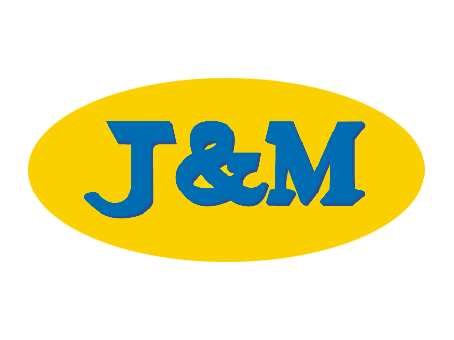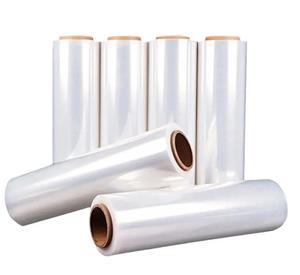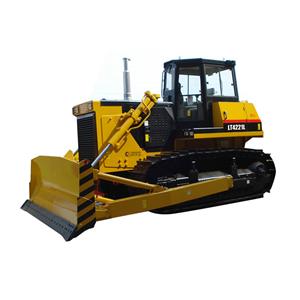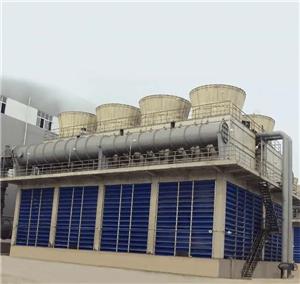How to prevent Cavitation Troubles in Hydraulic Cylinders of Construction Machinery
When we are repairing hydraulic cylinders of construction machinery, we can often see honeycomb-shaped cavities on the inner wall, piston or piston rod surface of the hydraulic cylinder, which are all caused by cavitation. The hazard of cavitation in the hydraulic cylinder is considerable, it will cause the mating surface to become black, and even the support ring and sealing ring may be burnt, which will cause internal leakage of the hydraulic cylinder. When cavitation and other types of corrosion work together, it will accelerate the corrosion rate of the main parts of the hydraulic cylinder several times or even dozens of times, which will seriously affect the normal use of construction machinery. Therefore, targeted prevention of cavitation in hydraulic cylinders is very necessary. 1. The main cause of cavitation 1.1 Essential analysis of cavitation Cavitation occurs mainly because a certain amount of air is mixed into the oil between the piston and the guide sleeve during the working process of the hydraulic cylinder. With the gradual increase in pressure, the gas in the oil will turn into bubbles. When the pressure rises to a certain limit, these bubbles will burst under the action of high pressure, thereby quickly acting on the high temperature and high pressure gas. On the surface of the part, it causes cavitation in the hydraulic cylinder, causing corrosive damage to the part. 1.2 Unqualified hydraulic oil quality leads to cavitation Ensuring the quality of hydraulic oil is an important factor in preventing cavitation. If the oil has poor anti-foaming properties, it is easy to produce foam, which can lead to cavitation. Secondly, if the frequency of oil pressure changes is too fast or too high, it will directly cause the formation of bubbles and accelerate the bursting speed of bubbles. Tests have proved that the rate of cavitation in parts with high frequency of pressure changes will increase. For example, at the inlet and return ports of hydraulic cylinders, due to the relatively high frequency of pressure changes, the degree of cavitation is relatively higher than other parts. In addition, overheating of the oil will increase the chance of cavitation. 1.3 Improper manufacturing and maintenance lead to cavitation Because the hydraulic system is not fully exhausted during assembly or maintenance, there is gas in the system, which can cause cavitation under the action of high temperature and high pressure. 1.4 The quality of the coolant causes cavitation When the coolant contains corrosive media, such as various acid radical ions, oxidants, etc., it is prone to chemical and electrochemical corrosion. Under their combined action, the speed of cavitation will also be accelerated; if the cooling system is well maintained, it can be Prevent the occurrence of cavitation. For example, if the pressure cover of the radiator of the cooling system is well maintained, the pressure of the radiator's coolant can always be higher than the vapor pressure, thereby preventing cavitation. Another example is the thermostat of the cooling system; a thermostat with good performance can keep the coolant in a suitable temperature range, and can reduce the energy released when the bubble bursts. 2. Measures to prevent cavitation Although there are many causes of cavitation, as long as necessary measures are taken to actively prevent it, cavitation can still be avoided. In the following, we will talk about the preventive measures that should be taken in view of the causes of cavitation. 2.1 Strictly check the selection of hydraulic oil The hydraulic oil is selected strictly in accordance with the oil standard. The selection of good quality hydraulic oil can effectively prevent air bubbles from appearing in the hydraulic system during the working process. When selecting oil, you should choose according to the lowest temperature in different regions, and fill the hydraulic oil according to the standard of the dipstick. At the same time, keep the hydraulic system clean (when filling the hydraulic oil, prevent moisture and other impurities from being brought into ), always check the oil quality, oil level and oil color of the hydraulic oil. If you find blisters, bubbles, or the oil turns milky white in the hydraulic oil, you should carefully find the source of the air in the oil and eliminate it in time. 2.2 Prevent excessive oil temperature and reduce hydraulic shock Reasonable design of the heat dissipation system to prevent the oil temperature from being too high is the key to keeping the hydraulic oil temperature normal. If an abnormality occurs, the cause should be found and eliminated in time. When operating the hydraulic joystick and distribution valve, it is necessary to strive for stability, not too fast or too much, and it is not suitable to increase the engine throttle frequently to minimize the impact of the hydraulic oil on the hydraulic components. At the same time, the cooling system should be maintained in time to keep the temperature of the cooling system within an appropriate range to reduce the energy released when the bubble bursts. While not affecting the normal circulation of the coolant, a certain amount of anti-corrosion additives can be appropriately added to inhibit rust. 2.3 Maintain the normal clearance of the joint surface of each hydraulic component When manufacturing or repairing the main parts of hydraulic cylinders (such as cylinder block, piston rod, etc.), they should be assembled according to the lower limit of the assembly size tolerance. Practice has proved that this can well reduce the occurrence of cavitation. If the hydraulic components have already experienced cavitation, the metallographic sandpaper polishing technology can only be used to remove the pitting and surface carbon of the cavitation. Do not use ordinary fine sandpaper for polishing. 2.4 Pay attention to exhaust during maintenance After the hydraulic cylinder is repaired, the hydraulic system should be operated smoothly for a certain period of time so that the hydraulic oil in the hydraulic system can be fully circulated; if necessary, the oil inlet pipe (or return pipe) of the hydraulic cylinder can be disassembled to make the hydraulic oil overflow , In order to achieve the effect of a single hydraulic cylinder exhaust.




